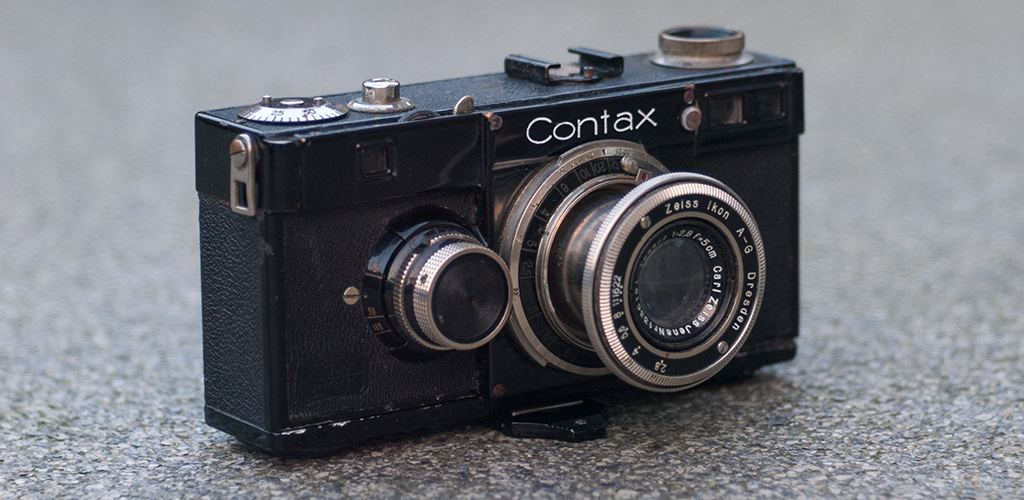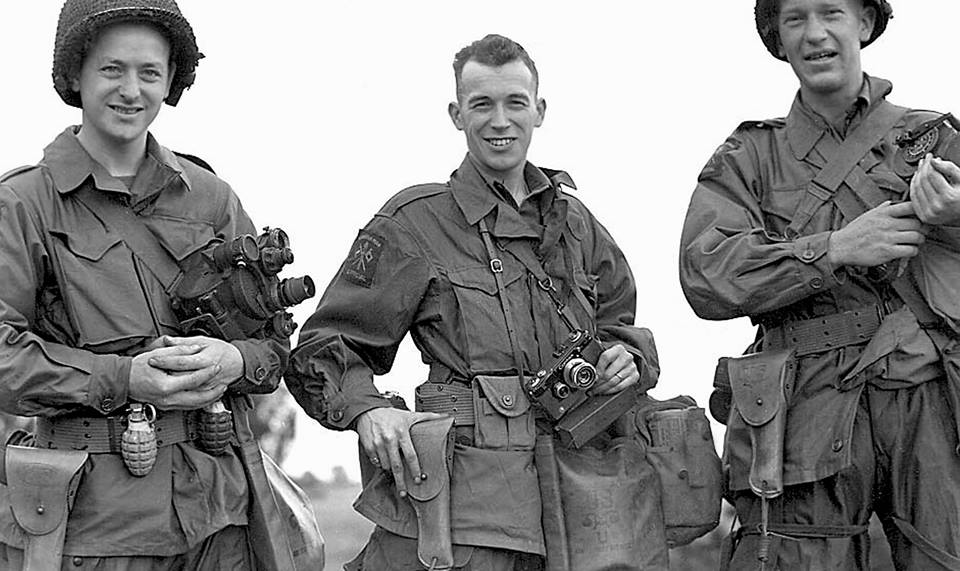Interesting WWII photo. Perhaps Meserlin didn't make the jump as he wasn't airborne qualified. The photographer on the right appears to have a tab over the patch on his right shoulder. It could be the airborne tab. Back then, iirc the tab hadn't yet become part of the unit patch. If they had been in combat, I think they could have made a case for the patch on the right.
When I was in Vietnam you did not wear your unit's patch on your uniform's right shoulder until after you left the unit. Then if you were reassigned to the unit, you could show your "combat patch." I am not sure what the uniform requirements/allowances were back in WWII.
I considered the fact that the negative might have been reversed to print. However, all are wearing .45 pistols on the right, Meserlin has what appears to be a wedding ring on his left hand, and he also has a gas mask on his left side (as does the man on the left) which would be normal. So that is out, it was printed correctly. The man on the right may also have a gas mask. It looks like he has a strap over his shoulders which could be to hold the mask, and the top of whatever is on his left appears to be the top of a gas mask holder, and he has two straps on his legs. One could be to tie the mask down, but what the other one is I can't guess. It could be for the .45 but doesn't appear to be, or whatever he has behind it.
What this appears to be is a photo showing them as if they carried all this gear all the time, and in fact they may have. But I have seen GIs try to depict their miserable conditions, showing a lot of gear, even it that was not their normal way to be.



